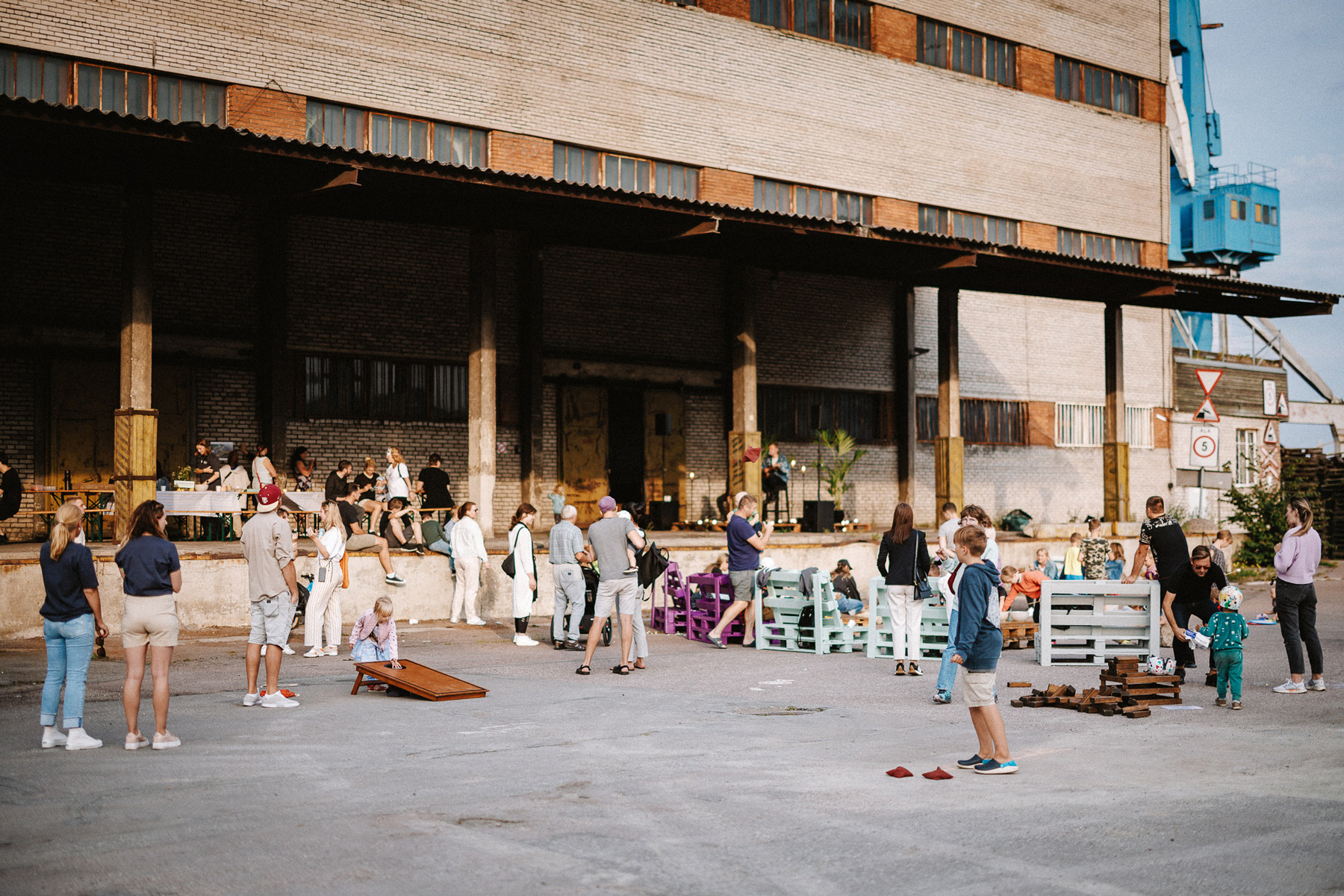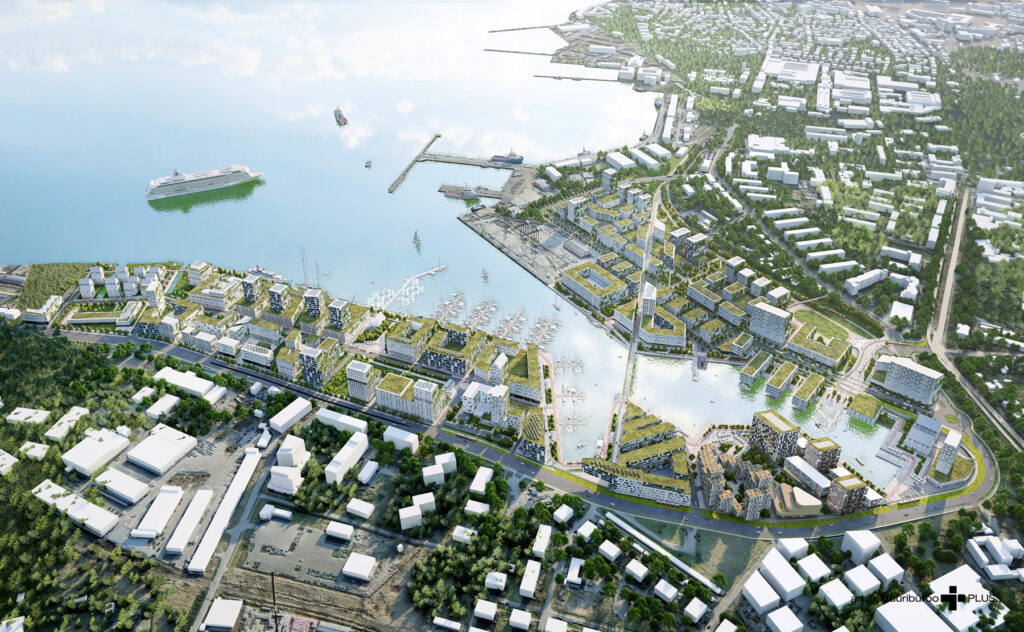When planning a pleasant, welcoming and sustainable city, it is crucial to measure how many people are using a space at a certain time.
“Human-centred planning doesn’t commence with park benches; instead, it begins by assessing the utilisation of a space,” emphasises Indrek Allmann, an architect and partner at Pluss Architects and one of the authors of Hundipea’s vision.
According to Allmann, it is important to observe this measure of people density at any given time because human interaction and the entire social network, which is the basis of community, is actually created by a critical mass of people.
“If the density is too low, certain social bonds in the community simply do not work. If there is some density, that is good. If there is too much of it, there will be problems,” he says. “It also makes sense to tailor the number of park benches according to the density of users”.
With the digital twin developed by Hundipea and Pluss Architects, it will be possible in the future to easily model how many people are actually using a particular area at a certain time.
The digital twin serves as a comprehensive database, incorporating a vast number of factors that play a role in modelling and planning the future Hundipea neighbourhood. This twin is structured in layers, enabling us to consider the impacts of sunlight and wind in constructing the most efficient and sustainable buildings, while also making informed decisions about the placement of various functions.
The digital twin is constantly changing and will never be finished – it will become more and more detailed over time. The information gathered can be analysed, different nuances can be visualised and the ultimate goal is to be able to continuously see in the digital twin how changing the details of the buildings affects the whole environment around them.
Thanks to the digital twin, it is possible to assume where the crowds will spend their time. If a certain area is stagnating in the model, planners can move some key services there, improving accessibility and making that particular urban space more vibrant in later actual life. Thanks to the digital twin, it is possible to assume where the crowds will spend their time. If a certain area is stagnating in the model, planners can move some key services there, improving accessibility and making that particular urban space more vibrant in later actual life.
Thanks to the digital twin, the planning of an urban space, even one building at a time, becomes much more interactive.
“We are developing a tool that is alive – we are constantly growing and renewing it, so it never becomes obsolete. And thanks to being alive like that, it is usable,” explains Tarmo Miller, an architect at Pluss and one of the creators of Hundipea’s digital twin. This is what makes the digital twin a truly sustainable tool.
We are a decision away
Allmann cites a classic example: the development of European cities shows how the once dense environment has become sparse as people’s prosperity has increased. In the past it was common to have a maximum of 10m² of living space per person; today it can be as much as 100m². This means that 10 times fewer people live in the same city, which in turn means that small businesses struggle. As a result, people have to travel longer distances every day and cities have become increasingly car-centric.
Our northern neighbour Finland has set a good example. Urban planning in the capital city Helsinki is radically different from that in Tallinn. It started about 15 years ago when it was decided that the kind of scattered urban planning that Helsinki had been practising was not sustainable, so a clear political decision was made to densify Helsinki. Progress has been astonishingly rapid, confirms Allmann.
Over the past 15 years, Helsinki has achieved outstanding results in the new goals of modern planning. A decade ago, Helsinki was selected as one of the top 10 smart cities in Europe, along with Amsterdam, Barcelona, Copenhagen, Manchester and Vienna.
Helsinki started with a population density of 2,633 people/km², which has now increased to 3,034 people/km². This means that Tallinn’s starting point is virtually the same with its current density of 2,797 people/km².
Helsinki also plans to become completely carbon neutral by 2035 by reducing carbon emissions by 80% and sequestering 20%. Tallinn does not aim to be carbon neutral until 2050.
We are doing our best to learn from the experiments and experiences of Helsinki and other leaders in developing sustainable urban spaces – these are excellent guidelines for designing our own Hundipea’s space. What’s certain is that the prerequisite for creating a human-centred urban space is to put social relationships at the heart of the urban planning process and to approach it from a scientific rather than an opinion-based perspective.


